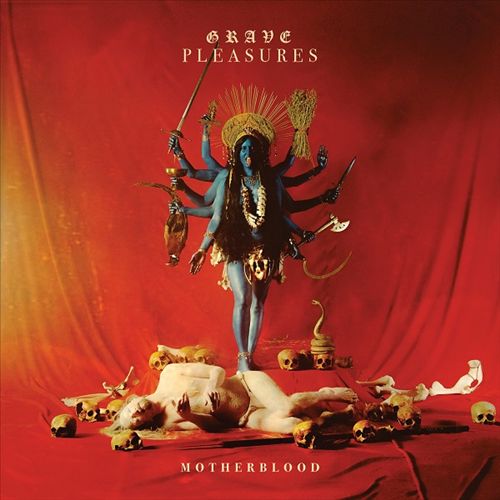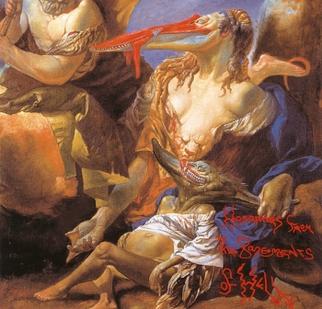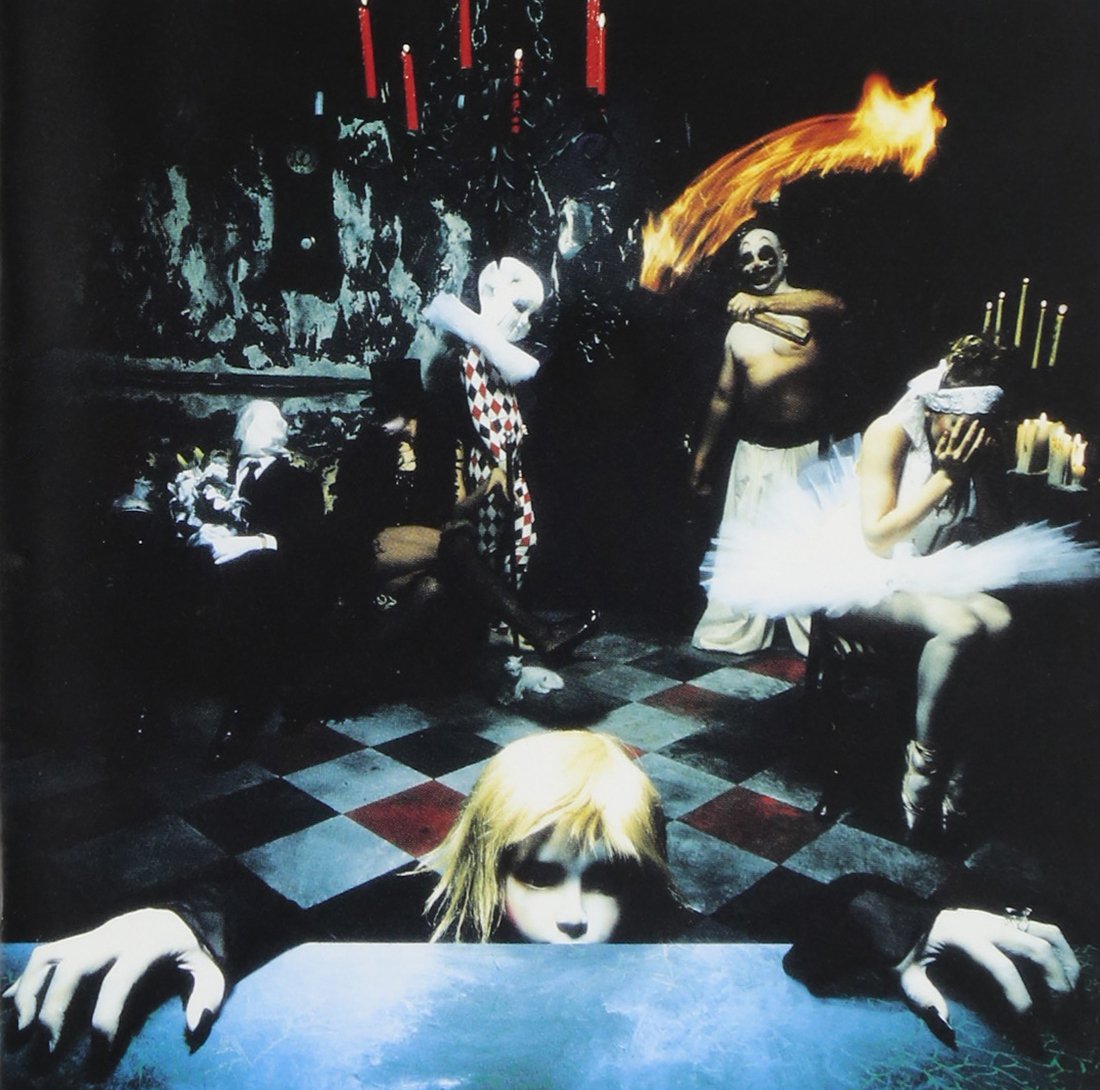Album of the Week 15-2020: Dool – Summerland

Three years ago, debut album ‘Here Now, There Then’ by the Rotterdam-based band Dool took me completely by surprise. While it’s not uncommon for dark rock bands to nail the atmosphere associated with the scene, Dool actually has the songwriting chops and the exquisitely arranged guitar tapestries to completely ditch the retro-feel and go for something timeless instead. Follow-up ‘Summerland’ is every bit as good, containing a familiar-sounding, yet fairly original mix of gothic rock, post-punk and doom metal that is equal parts atmospheric and powerful. It might just be the best goth-ish album since Fields Of The Nephilim’s masterpiece ‘Elizium’ thirty years ago.
Compared to its predecessor, ‘Summerland’ sounds significantly more clean and open. There is slightly less doom metal this time around and the tracks are a little more song-oriented rather than riff-driven, but that does not mean the atmosphere is any less ominous and oppressive than on the debut album. If anything, the atmosphere is enhanced even more. Dool seems to be very aware of its identity this time around and while the range of styles on ‘Summerland’ is still pretty wide, the album is remarkably cohesive and has a spectacular flow, owing to the perfect build-up of tension and release.
If there is one thing that stands out about ‘Summerland’, it would be how much the melodies stick, which is quite unusual for a style that largely relies on atmosphere. Dool proves that memorability does not have to go at the expense of the atmospheric qualities of the music. The brooding ‘God Particle’, the slow and moving title track and the excellent opener ‘Sulphur & Starlight’ all have melodies that will stay with you long after the album has finished, although none of these tracks is accessible in a traditional sense, except for maybe the latter.
Another beneficial aspect of ‘Summerland’ is the sheer amount of variation, even within some songs. ‘Be Your Sins’, for instance, is probably the most riffy, uptempo song on the record, even evolving into a modest gallop, but also has a gorgeous, mellotron-esque keyboard arrangement during its second verse. ‘Summerland’ itself is largely a slow crawl and fairly subdued, until it eventually moves into a grand lead guitar finale, followed by a piano and acoustic guitar epilogue. ‘Ode To The Future’ is a tad lighter, but firmly holds on to the minor key, while the crushing doomy closer ‘Dust & Shadow’ appears to come in waves. Simply brilliant.
When it comes to production and arrangements, ‘Summerland’ is a triumph as well. Every part sounds exactly as it should sound and guitar duo Ryanne van Dorst and Nick Polak know exactly when they should and should not play. The former has made a massive improvement as a singer as well. And ‘Here Now, There Then’ wasn’t exactly lacking in the vocal department anyway. Dool is a fantastic newcomer in the dark rock scene and to be honest, I think they leave most of the competition in the dust. They are not a contrived eighties retro act: they are a band with a sound inspired by those days and, more importantly, an incredible set of songs.
Recommended tracks: ‘God Particle’, ‘Sulphur & Starlight’, ‘Summerland’








